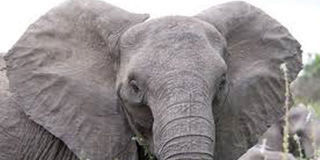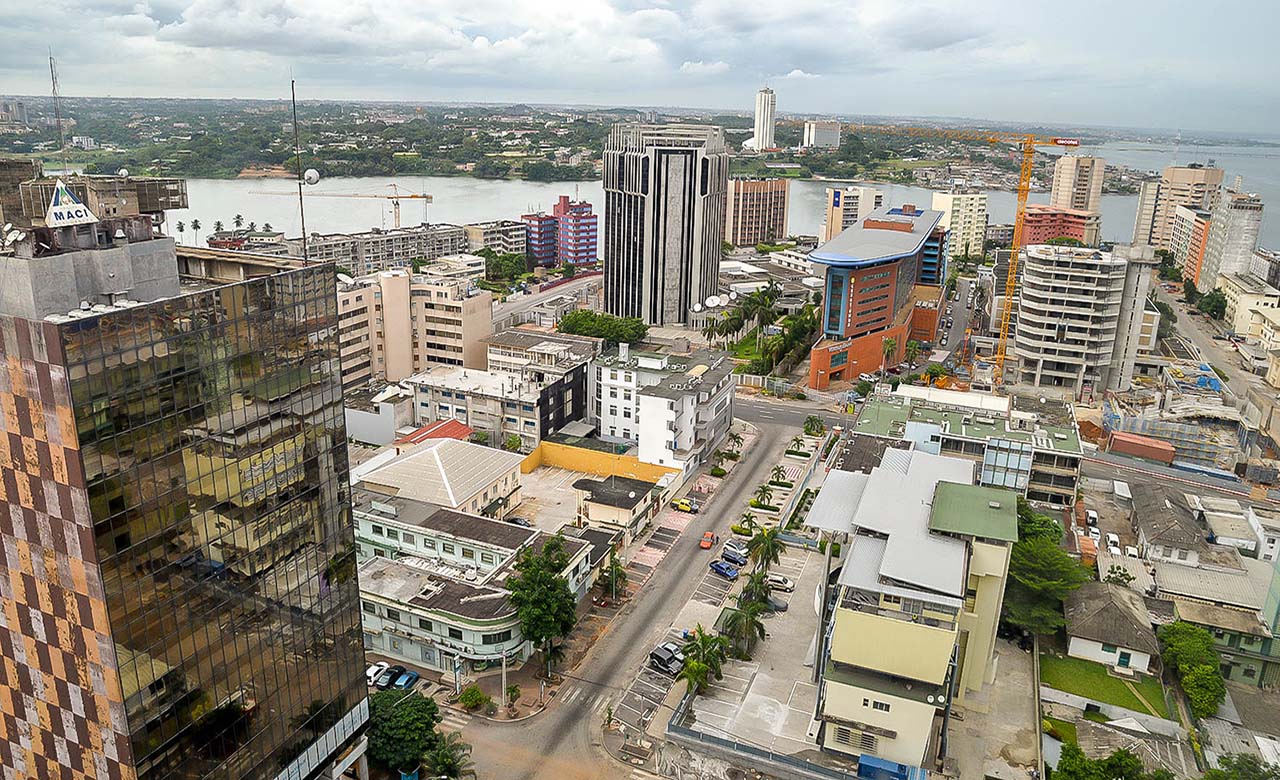Puzzle as 10,000 jumbos disappear

What you need to know:
This follows revelations by a report of an Aerial Census Survey for Elephants commissioned last year
Arusha. Disappearance of about 10,000 jumbos in Ruaha-Rungwa ecosystem has baffled researchers, Dr Simon Mduma, the director general of Tanzania Wildlife Research Institute (Tawiri), confirmed.
The number of elephants in the ecosystem though has tumbled from 20,000 in 2009 to only 8,272 last year, no explanation could be given.
Usually when such a large wildlife animal loss is observed, a comparable number of carcasses are also observed, but that was not the case.
The puzzle has prompted Natural Resources and Tourism minister Lazaro Nyalandu to send them back to the ecosystem to ascertain the whereabouts of the animals.
The riddle is revealed in a report of a countrywide Aerial Census Survey for Elephants the minister commissioned the researchers in February last year. The census follows the commitment President Jakaya Kikwete made to the world during a conference held in London that Tanzania would put its ivory stockpiles beyond economic use.
The survey was carried out in ecosystems of Serengeti, Tarangire-Manyara, Katavi-Rukwa, Burigi-Biharamulo, Malagarasi-Muyovosi, Selous-Mikumi, and Ruaha-Rungwa.
Unveiling the survey report, Nyalandu said the number of jumbos in Selous Game Reserve, the world’s largest conserved area with about 55,000 square kilometres, had increased to 15,217 from 13,000 in 2013.
“The increase of over 2,000 is credited to improved management of the reserve as well as ongoing support received from conservation partners,” he said during the occasion witnessed by the US, Germany, and China envoys to Tanzania.
He said Serengerti National Park, the world’s heritage site and biosphere reserve of mankind, saw an impressive 98 per cent increase of jumbos’ population, up from 3,068 in 2009 to 6,087 elephants last year.
“My ministry is now grappling with an increased human-wildlife conflict in communities surrounding the Serengeti National Park, as elephants in huge numbers are increasingly roaming outside the protected area into the adjacent villages,” he said.
Mr Nyalandu said the Tarangire-Manyara ecosystem had, in turn, seen an increase of 64 per cent, up from 2,561 in the 2009 survey to 4,202 elephants last year.
While jumbos in Rubondo Island National Park have increased by 108 per cent from 49 in 2009 to 102 last year, the number of the wildlife animals rose by 100 per cent in Arusha National Park from 100 in 2009 to 200 last year.
The jumbos population in Katavi-Rukwa ecosystem, nevertheless, remained stable at 6,397 in both surveys, but Malagarasi-Muyovosi and Kilimanjaro National Park saw 81 per cent and 77.8 per cent declines, respectively, from 15,198 and 450 in 2009 to only 2,953 and 100, respectively, last year.


